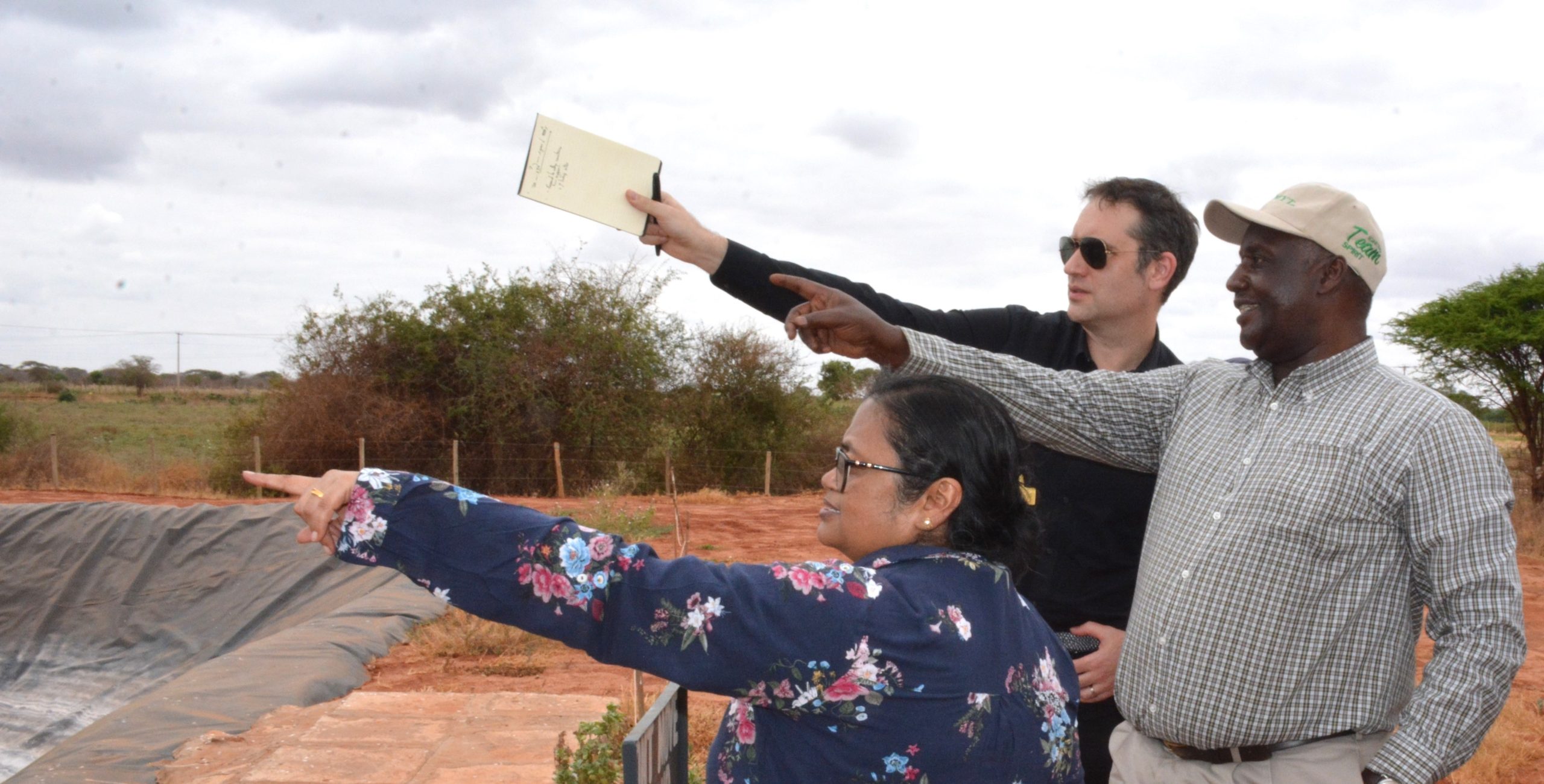The Seed Production Technology for Africa (SPTA) project, led by CIMMYT, has been selected by the CGIAR Gender Impact Platform as a successful case study of integrating gender into crop breeding.
The case study, published in Frontiers in Sociology, is one of fourteen that the CGIAR Genetic Innovation Gender strategy is drawing on to showcase lessons learned from practical experience. These case studies form a critical part of the efforts to pursue gender responsive or gender-intentional breeding and explore how these can inform larger breeding pipelines.
Maize is widely grown by both women and men in Africa. Evidence of gender-differentiated preferences for maize varieties remains inconclusive; however, there is evidence of gendered differences in management practices. Hybrids produced using SPTA segregate 1:1 for pollen producing and non-pollen producing plants referred to as 50% non-pollen producing (FNP) varieties. Previous research showed FNP offered a yield benefit under low input conditions. In the early stage of its inception, the project quickly recognized the potential implications of hybrids produced using SPTA for women and other resource-constrained smallholders in Africa.
Understanding gender-based differences
From the start, the SPTA team conducted a gender review that underscored the fact that women in the region often use less fertilizer than men, a challenge that is further compounded by cultivation of smaller plots and lower quality soils. This review led the breeding team to explicitly target women and resource-poor farmers with an ambition to increase yields on women’s fields. From here henceforth, SPTA made it a priority to understand gender-based differences in performance and preference for new FNP maize varieties. This process involved ensuring both women and men farmers host trials to evaluate and attest to the performance of the FNP hybrids.
But these efforts were not without challenges. The team also found significant gender differences, particularly among women farmers in crop management practices and between farmers’ stated preferences during participatory varietal selection exercises and the varieties they used at home. This suggested that initial on-farm evaluations were not adequate for predicting real world demand for varieties. Moving forward, the evaluation strategy of SPTA evolved to enable variety evaluations under farmers’ preferred management practices.
The success of the SPTA team in ensuring that gender considerations were strongly embedded into the breeding program is attributed to strong collaboration across disciplines that included social scientists and gender researchers working closely with breeders, allocating funding to allow exploration, testing of gender topics and responsive variety evaluation tools and strong buy-in from leadership and donors. As the SPTA case highlights, there is value in starting small, building productive partnerships and collaborating to pilot and develop proof of concept for new models.


 Climate adaptation and mitigation
Climate adaptation and mitigation 
